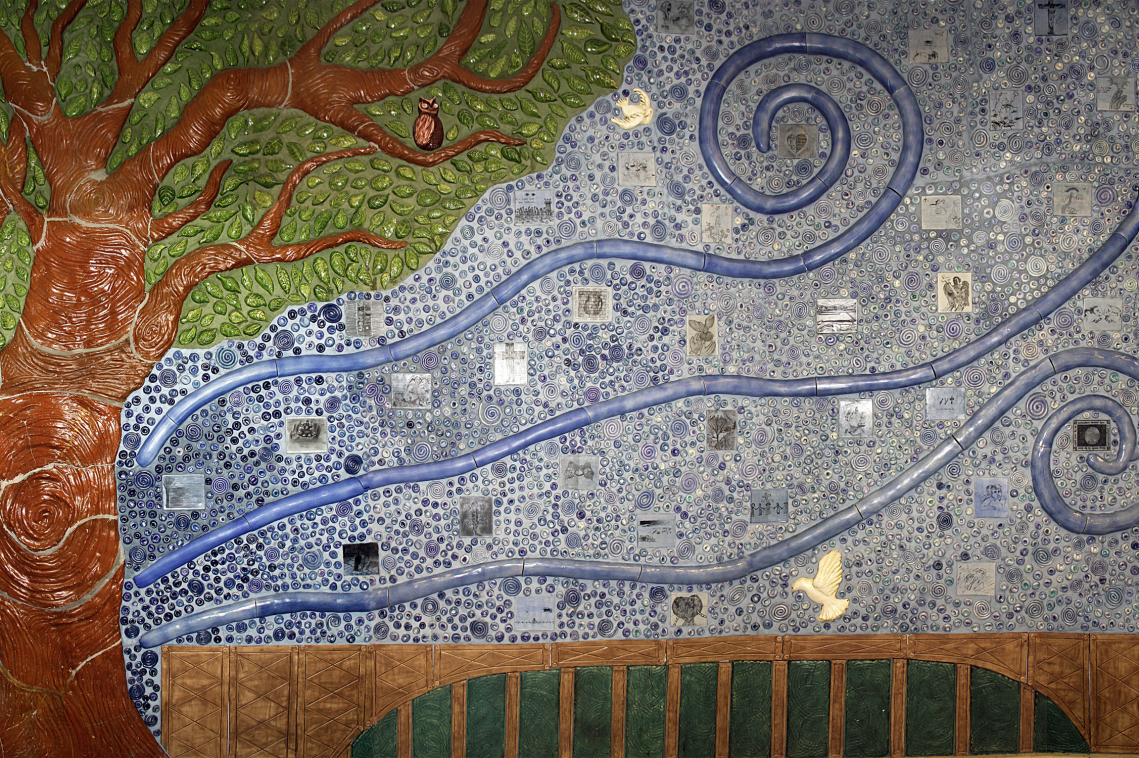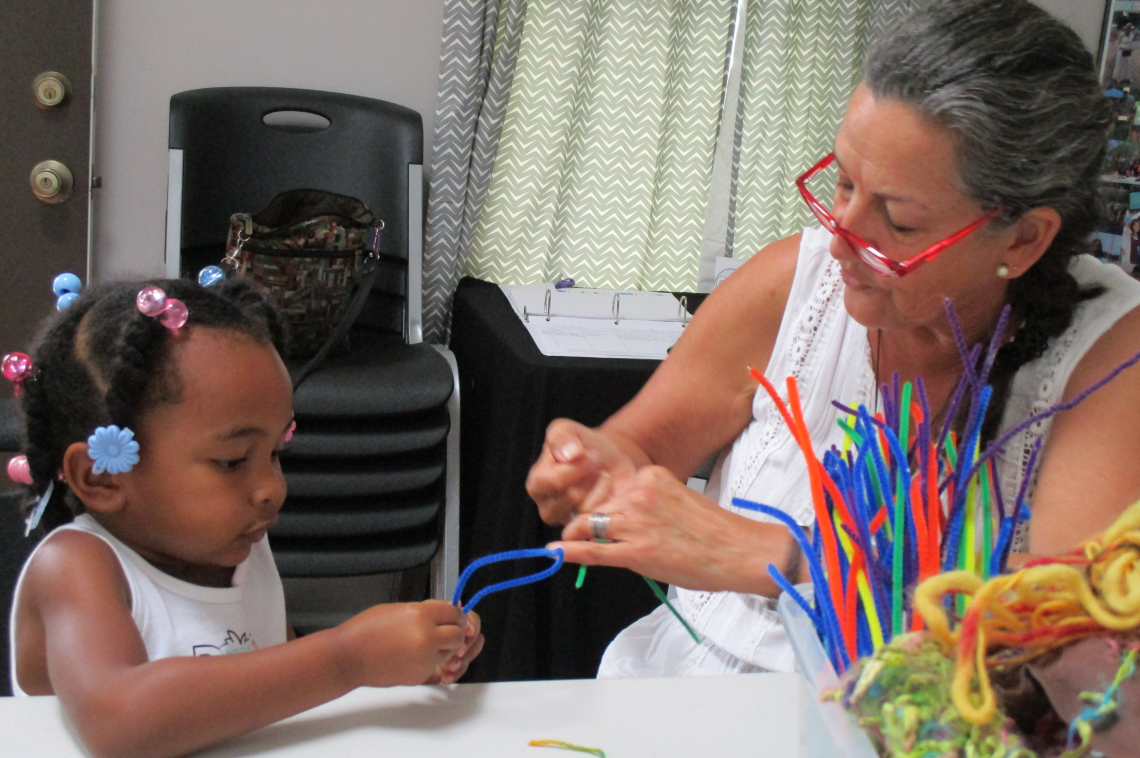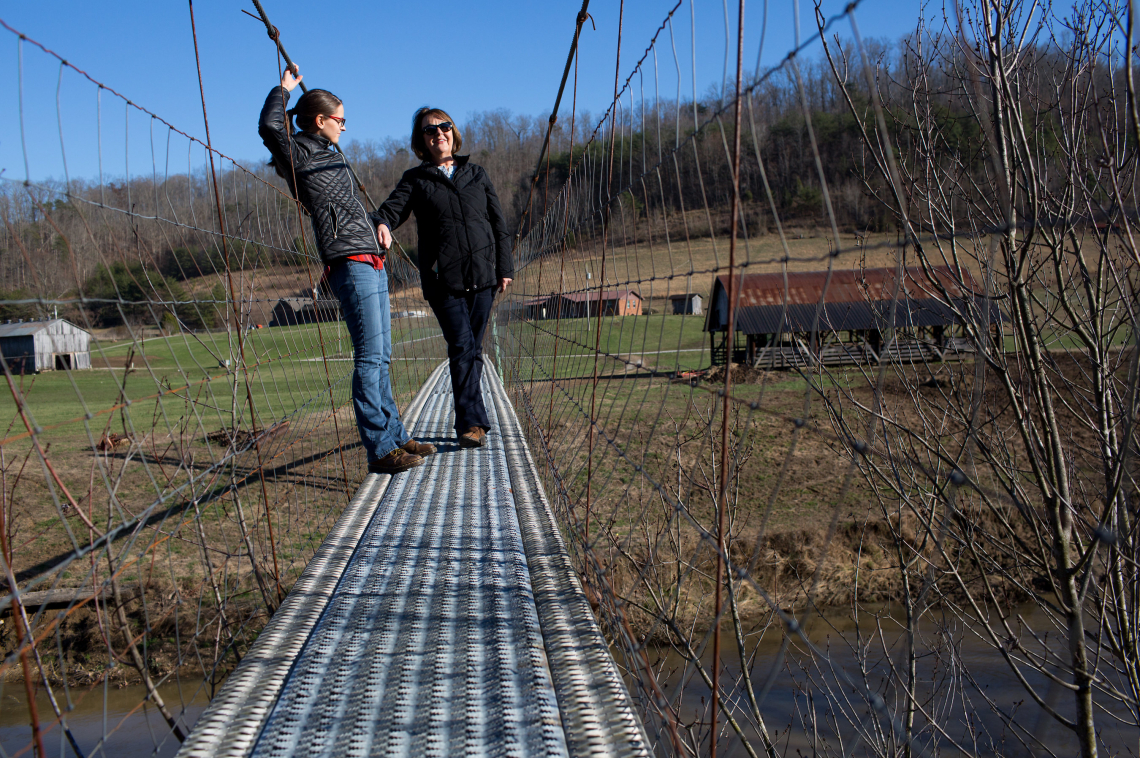


This is the second in a series of guest posts by Judi Jennings called “Asking Tough Questions About Creative Placemaking.” Her posts highlight analysis and action ideas from interviews with some of the best minds in placemaking and philanthropy. The interviews are part of the Creative Placemaking From the Community Up project, which is supported by the National Endowment for the Arts Our Town Knowledge Building program.
While increasing public safety is sometimes a stated goal of creative placemaking, the complex relationships between safety, incarceration, and place are rarely discussed. Exploring these relationships calls for new ways of thinking that transcend binary categories such as urban and rural, arts and culture, justice-involved youth and adults.
In her paradigm-shifting book Emergent Strategy: Shaping Change and Changing Worlds, adrienne maree brown inspires new ways of thinking about change. Emergence is how we change, she says. Emergence notices how small actions and connections can create complex systems.
Powerfully grounded in nature, brown identifies six core elements of emergent strategy. While duly noting that all six are deeply interrelated, two elements helped me see the links between safety, incarceration, and placemaking in new ways. One combines interdependence (moving from me to we) and decentralization (how we grow from our roots up and not from our top down). The second is resilience: how we recover and transform. What can these elements tell us about complex systems of safety, incarceration, and place in the two arts-based, geographically specific emergent strategies described here?
Storytelling, Interdependence, & Rural Safety
Do arts, culture, and creative placemaking have a role to play in advancing public safety and addressing criminal justice reform, especially for youth, in rural areas? Rural LISC (Local Initiatives Support Corporation) Program Director Bob Reeder says yes. Rural LISC values collaboration and encompasses 86 rural community-based organizations working to identify challenges and opportunities and deliver the most appropriate support to meet local needs.
In 2015, a coalition of LISC partners in Berea, Kentucky, received a grant from the Byrne Criminal Justice Innovation (BCJI) program, which helps communities, local law enforcement, and researchers collaborate in tackling crime in specific places.
Although based in a small town, the program focused on young people in a wide swath of central Appalachia. Considering cultural research as a pillar, project staff worked to include young people, along with local police, faith leaders, educators, and even school bus drivers (since rural youth can spend up to two hours a day on busses).
Understanding the power of storytelling in Appalachian culture, the staff interviewed community members, especially youth, about what constitutes risky behaviors and what can increase individual and community safety. This place-based research revealed that risky rural “hotspots,” unlike urban ones, are often planned by social media and shift from place to place. The interviews helped replace former “hotspots” with “bright spots,” where youth can gather for positive purposes. The interviews proved to be so valuable that Berea College preserved them in their archives. You can read more about this initiative on LISC’s website.
What Rural LISC is aiming to do, Reeder explains, is spin off localized problem solving to create new possibilities and erase old differences. His organization works in ways that are multi-racial and multi-generational to transform “good ol’ boy” culture and encourage the discovery of assets. “If we think intentionally, we can recreate communal ways of building goodwill,” he says. “That is what art and culture do for us: they help us remember community.”
To me, what Reeder describes is a beautiful example of brown’s element of interdependence and decentralization connecting individuals, communities, and placemaking to strengthen local systems of safety.
Urban Incarceration, Children’s Health, & Resilience
The relationship between public safety and incarceration is often assumed but seldom discussed openly. One reason is that the terrain of incarceration is shifting and murky. For example, the Vera Institute of Justice recently reported that while incarceration is declining in many urban areas, it is increasing in some rural places. The report also identified uneven progress in decarceration between state prisons and local jails in urban areas.
I have firsthand experience with the Louisville, Kentucky, Metro Jail, as director of an initiative called The Special Project, which was initiated there in 2008. Through the project, teams of art activities leaders create weekly art projects with children and their caregivers while they await video visitations with their incarcerated loved ones. The art activities are designed to strengthen protective factors that nurture family bonds and reduce toxic stress.
With persistent overcrowding in the jail, the visitors lobby is also often overcrowded. Each week, 60 to 70 adults and 10 to 12 children routinely wait an hour or more for a 20-minute video visitation, while sharing the room with 20 to 40 adults under home incarceration checking in with their parole officers. The racial and age disparities between Louisville’s majority white population and the high concentration of young black caregivers and children in the visitors lobby are clearly visible.
This year, The Special Project partnered with the Louisville Metro Department of Public Health and Wellness’ Center for Health Equity to conduct a health impact assessment of how parental incarceration affects children’s health here. The report found that the racial disparities among those incarcerated in the jail result in a disproportionate impact on the health of children of color in our community. Our recommendations for corrective actions included: a pilot program with local judges to consider Family Responsibility Statements in decisions involving parents; improving family visitation policies and practices at the jail; and supporting a culture shift in civic decision making about local incarceration.
When The Special Project began 10 years ago, a group of corrections officers requested help to create a mural in the exit lobby of the jail. The Special Project commissioned two lead artists who gathered ideas and images from people inside the jail and their families, corrections staff, and community members. All participants collaborated in portraying strong and positive images of nature, hope, change, and transformation.
The Special Project is now helping to form a new coalition called Louisville Family Justice Advocates to bring together individuals and groups concerned about the community impact of incarceration. We already know from a decade of weekly activities in the visitors lobby that arts and culture are powerful forces for building brown’s core element of resilience and supporting recovery and transformation for children with incarcerated loved ones there. We are now finding that the images from the mural, which we used in the highlights of our health impact report, help our community to remember the shared humanity of incarcerated parents and the importance of making our city healthier for all children. We steadfastly believe that these seemingly simple arts-based actions will change the complex culture of incarceration in our city by supporting resilience and transformative justice for the families directly impacted.
Conclusion: Creating More Possibilities
Emergent strategy is how we move toward life, says brown. As these stories show, seemingly simple interactions are keys to creating new pathways—frequently nonlinear and iterative ones. Bob Reeder observes that he is learning a new language of community development to talk about safety and placemaking, which is paying off because arts and culture are such powerful connectors, and artists are such great instigators of change.
Yet to create more possibilities in placemaking, it is not enough for rural people and those working in criminal justice reform to demonstrate the value of our work. Arts and culture philanthropists and national thought leaders also have a responsibility to ask tough questions about who is being left out and how collaborations can contribute to the wellbeing of all individuals and communities. For example, are current systems of juvenile justice and adult incarceration actually making rural and urban communities safer? If we widen our collaborations, we can begin to recognize how arts and culture can nurture interdependence in systems of public safety and criminal justice reform and how we can all work together to enact more possibilities to recover and transform.
About Judi Jennings
Born and bred in Kentucky, Jennings earned a PhD in 18th century British history; worked at Appalshop arts and media center; served as founding director of the University of Louisville Women’s Center; and directed the Kentucky Foundation for Women. Now retired, so to speak, she directs The Special Project and works for more equitable policies and practices for families in Louisville.
For more on the analyses and action ideas mentioned here, see:
The Emergent Strategy Ideation Institute
Further reading:
The first post in Judi’s series “Asking Tough Questions About Creative Placemaking”: What’s Next for Creative Placemaking?
This December 2017 ArtPlace post discusses the use of arts and culture as a core strategy to achieve public health goals in the Center for Health Equity’s Louisville Metro Health Equity Report 2017.





